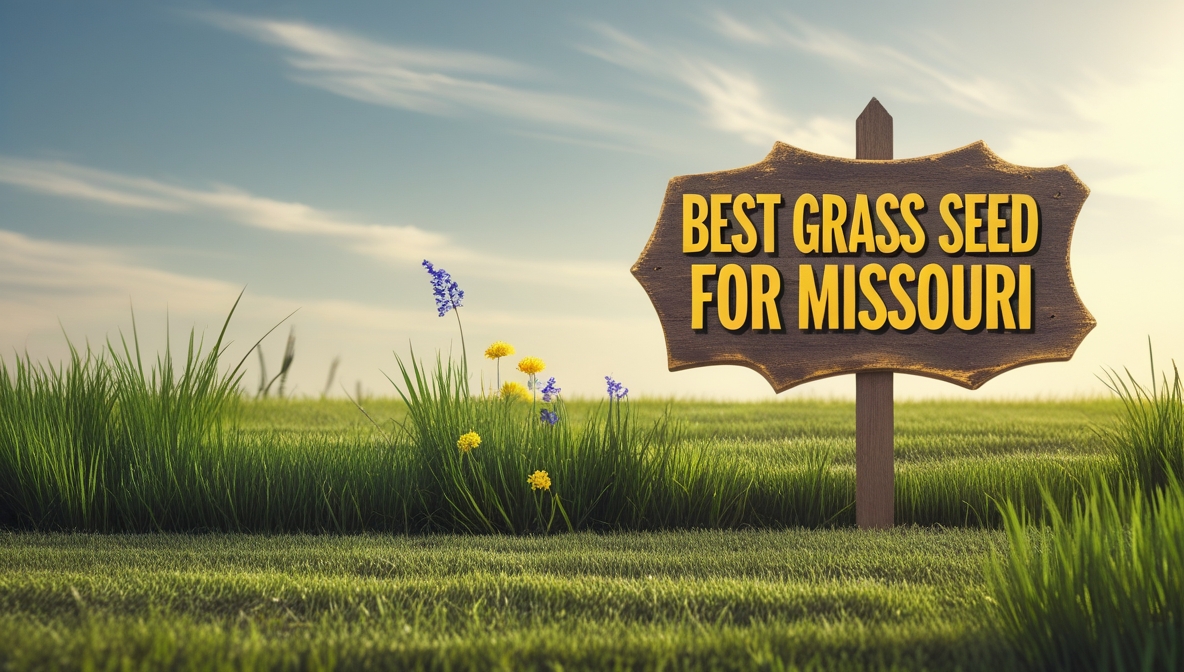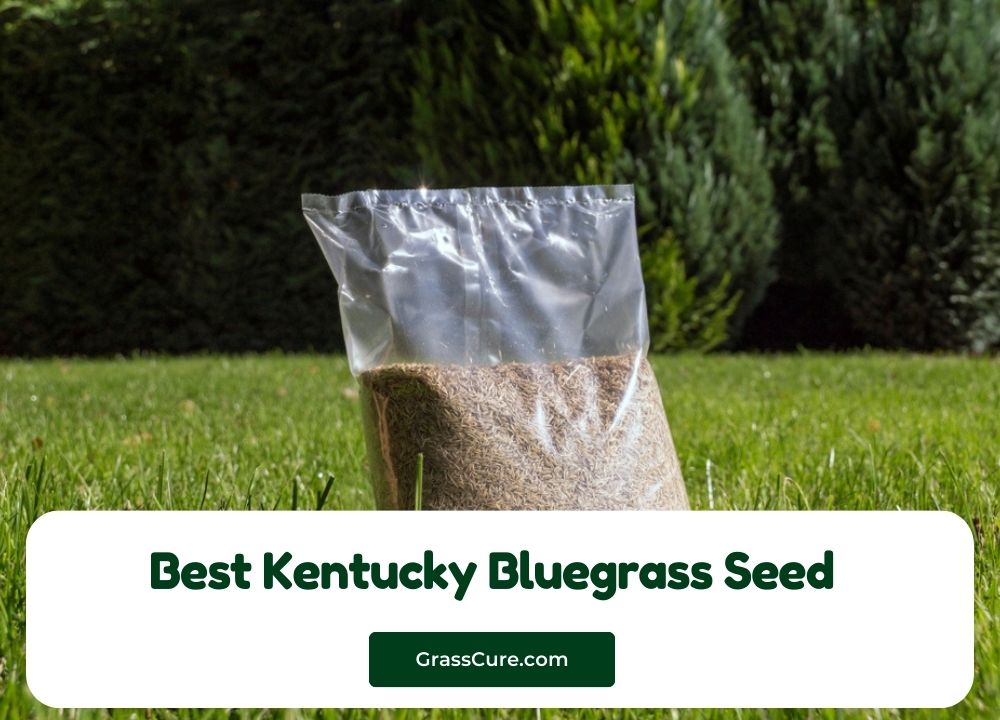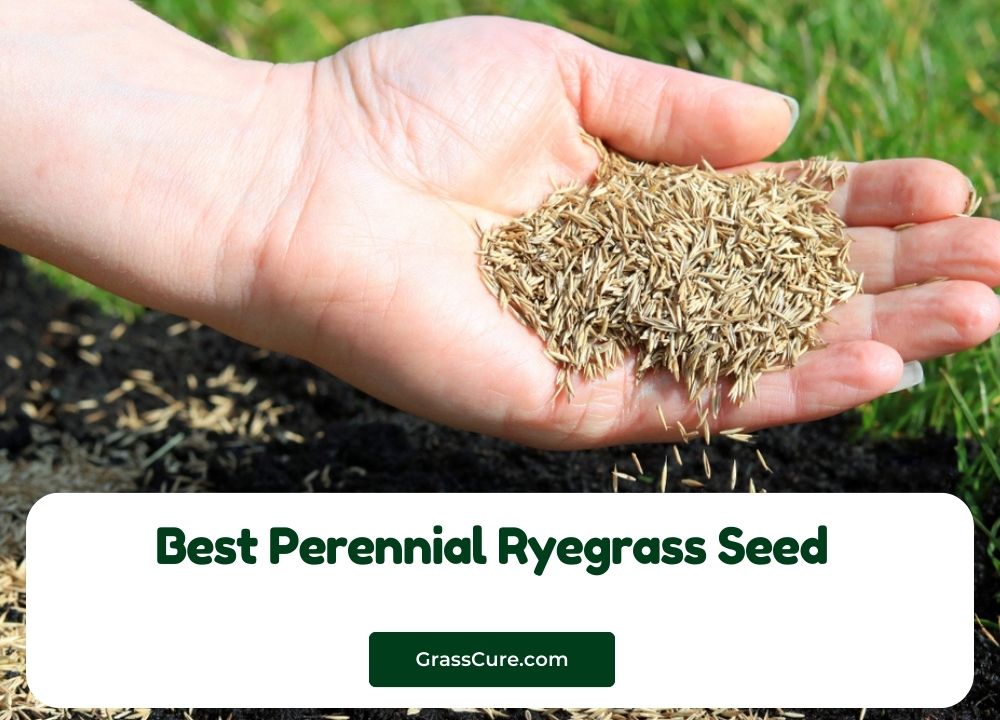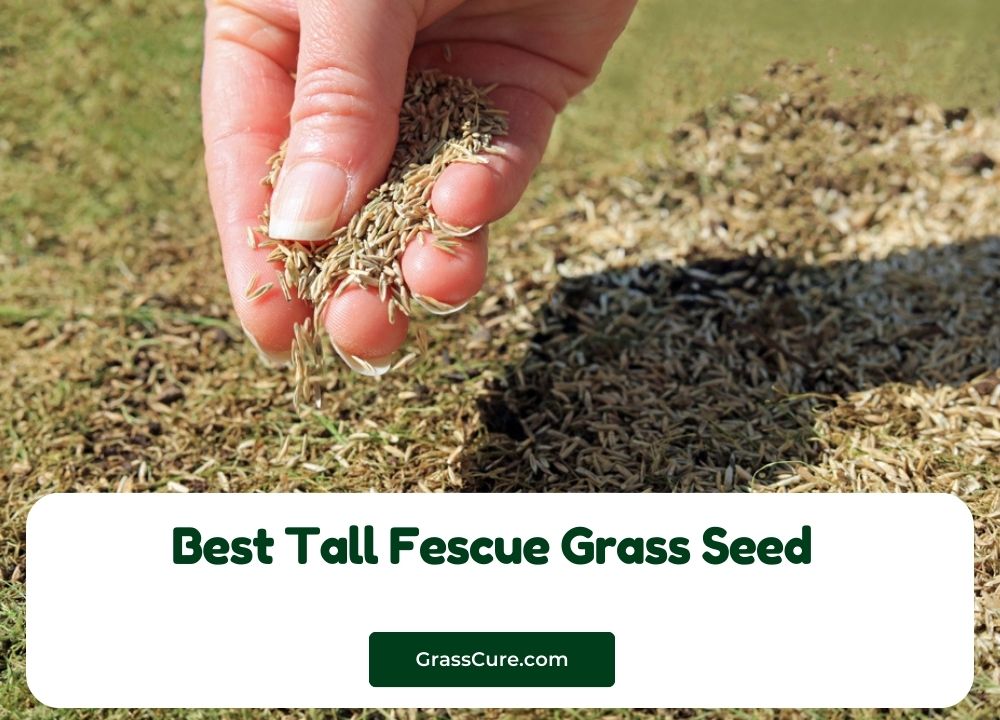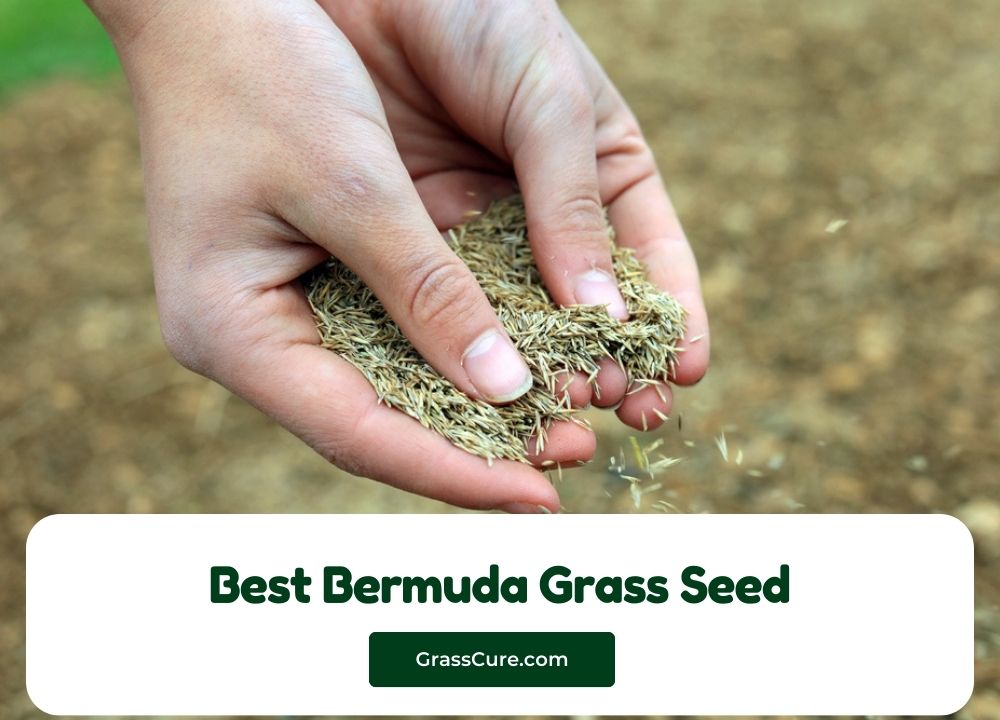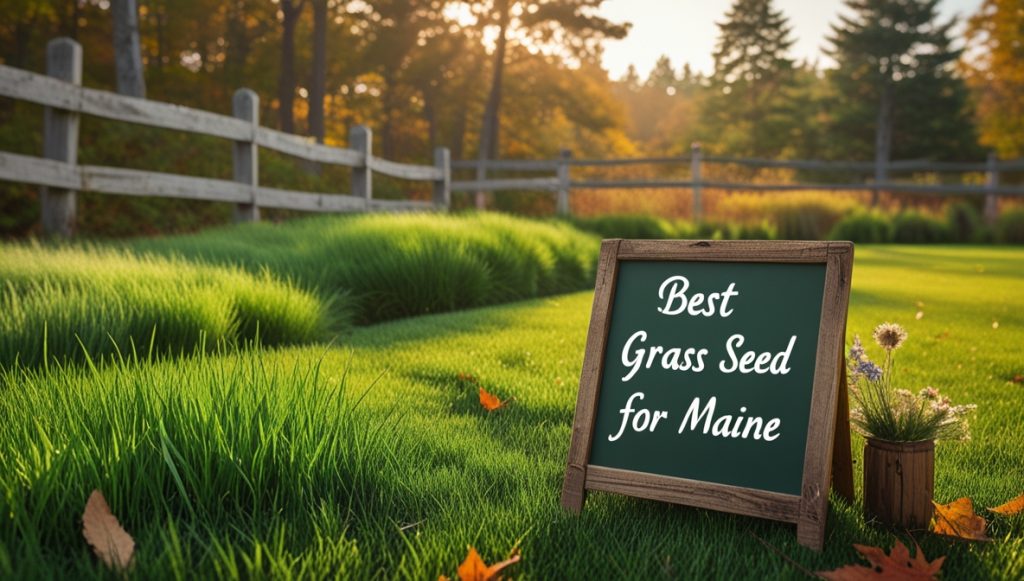Missouri, the Show-Me State, offers a blend of Midwest and Southern influences, with a climate that swings from icy winters to sweltering summers. This transitional weather—coupled with diverse soils and landscapes from the Ozark hills to the flat plains of the Bootheel—makes selecting the right grass seed a pivotal decision for a thriving lawn. Whether you’re in Kansas City, St. Louis, or rural Springfield, your choice must suit Missouri’s hot summers, cold snaps, and variable rainfall. In this detailed guide, we’ll explore the best grass seed options for Missouri, key factors to consider, and expert tips for planting and maintaining a lush lawn year-round.
Contents
Understanding Missouri’s Climate and Soil
Missouri spans USDA Hardiness Zones 5b to 7a. Northern areas, like Kirksville, see colder winters with lows around 0°F, while the southern Bootheel near Sikeston enjoys milder winters closer to 20°F. Summers are hot and humid statewide, with highs often exceeding 90°F, especially in July and August. Rainfall averages 35-45 inches annually, though summer droughts and heavy spring rains can affect lawn health.
Soils vary regionally. Northern Missouri features fertile loam from glacial deposits, while the Ozarks have rocky, clay-heavy soils. The southeast Bootheel leans toward sandy loam. Soil pH typically ranges from 5.5 to 6.5, slightly acidic but adjustable to the ideal 6.0-7.0 for most grasses. Missouri’s transitional climate supports cool-season grasses predominantly, though warm-season options thrive in southern areas with proper care.
Top Grass Seed Choices for Missouri
- Tall Fescue
- Why It’s Great: Tall fescue is Missouri’s go-to grass, offering deep roots that handle summer heat and drought while staying green through mild winters with irrigation. It’s widely used from Columbia to Joplin.
- Pros: Drought tolerance, durability under traffic, and adaptability to clay or loam.
- Cons: Coarser texture; doesn’t spread naturally, requiring overseeding for repairs.
- Best For: High-traffic lawns, sunny or partially shaded yards, and low-maintenance properties.
- Kentucky Bluegrass
- Why It’s Great: Kentucky bluegrass thrives in Missouri’s cooler seasons, delivering a dense, dark green lawn that recovers well from winter dormancy, especially in northern regions.
- Pros: Soft turf, self-repairing via rhizomes, and excellent cold tolerance.
- Cons: Struggles in summer heat without ample water; needs full sun and more care.
- Best For: Sunny lawns in St. Louis suburbs or rural areas where aesthetics are key.
- Perennial Ryegrass
- Why It’s Great: Perennial ryegrass germinates fast (5-10 days), making it ideal for overseeding tall fescue lawns in fall for winter color or patching bare spots in spring.
- Pros: Quick establishment, fine texture, and good wear tolerance.
- Cons: Less heat-tolerant than tall fescue; may thin in summer without care.
- Best For: Temporary coverage, sports fields, or blending with other grasses.
- Zoysiagrass (Warm-Season Option)
- Why It’s Great: A warm-season grass, zoysiagrass excels in Missouri’s hot summers, particularly in southern zones like Springfield or Cape Girardeau. It’s dense and drought-tolerant.
- Pros: Heat resistance, low water needs once established, and durability.
- Cons: Browns out in winter; slow to establish and requires full sun.
- Best For: Sunny, high-traffic lawns in southern Missouri where winter dormancy isn’t an issue.
- Seed Mixtures
- Why It’s Great: Blends of tall fescue, Kentucky bluegrass, and perennial ryegrass are tailored for Missouri, combining durability, color, and adaptability across the state’s varied conditions.
- Pros: Versatility, resilience, and coverage for mixed sun/shade areas.
- Cons: Maintenance varies by species; weaker grasses may fade over time.
- Best For: Most Missouri lawns, especially those with diverse light or soil types.
Factors to Consider When Choosing Grass Seed
- Sunlight: Tall fescue and mixtures handle partial shade, while Kentucky bluegrass and zoysiagrass need full sun. Assess your yard’s exposure.
- Traffic: High-use lawns favor tall fescue or zoysiagrass. Kentucky bluegrass suits lighter traffic, and perennial ryegrass boosts blends.
- Maintenance: Tall fescue and zoysiagrass require less effort than Kentucky bluegrass, which needs regular watering and fertilizing. Perennial ryegrass is low-maintenance but short-lived in heat.
- Climate Zone: Northern Missouri leans toward cool-season grasses like tall fescue, while southern areas can support warm-season zoysiagrass.
- Soil: Clay soils benefit from tall fescue or Kentucky bluegrass with drainage, while sandy loam suits zoysiagrass or mixtures.
Planting and Maintenance Tips
For cool-season grasses like tall fescue and Kentucky bluegrass, plant in late summer to early fall (August to October) when soil is warm and air is cool. Spring (March to May) is a secondary option. Zoysiagrass, a warm-season grass, should be seeded in late spring to early summer (May to June).
- Preparation: Clear debris, aerate compacted soil, and amend with compost or sand for drainage. Test soil pH and adjust to 6.0-7.0 with lime. Apply a starter fertilizer (e.g., 10-20-10 NPK).
- Seeding: Spread seed evenly with a spreader (e.g., 7-10 lbs per 1,000 sq ft for tall fescue; 1-2 lbs for zoysiagrass). Rake lightly and water to settle.
- Watering: Keep soil moist during germination (2-3 weeks for cool-season, 2-4 weeks for zoysiagrass). Once established, water deeply—1-1.5 inches weekly—adjusting for rain.
- Mowing: Mow cool-season grasses at 3-4 inches, zoysiagrass at 1-2 inches, cutting no more than one-third at a time. Keep blades sharp.
- Fertilizing: Fertilize cool-season grasses in fall and spring (e.g., 10-10-10). Zoysiagrass needs summer feeding (e.g., 16-4-8). Avoid over-fertilizing.
- Weed Control: Use pre-emergent herbicides in spring for crabgrass and spot-treat broadleaf weeds. Healthy turf reduces weed pressure.
Recommended Products
- Scotts Turf Builder Tall Fescue Mix: Heat- and drought-tolerant for Missouri summers.
- Pennington Smart Seed Kentucky Bluegrass: Cold-hardy and vibrant.
- Jonathan Green Perennial Ryegrass Blend: Fast-growing for overseeding.
- Hancock Seed Zoysiagrass: Tough and summer-ready.
Regional Considerations
Northern Missouri’s colder winters (Zone 5b-6a) favor tall fescue and Kentucky bluegrass for their cold tolerance. Southern Missouri (Zone 6b-7a), including the Ozarks, supports zoysiagrass or tall fescue blends for heat resilience. Urban lawns in Kansas City or St. Louis benefit from mixtures or perennial ryegrass for quick coverage. Clay soils in the Ozarks need aeration, while sandy loam in the Bootheel suits zoysiagrass or tall fescue.
Conclusion
The best grass seed for Missouri depends on your region, lawn use, and seasonal goals. Tall fescue offers year-round durability and low care, Kentucky bluegrass provides beauty with effort, perennial ryegrass boosts quick fixes, and zoysiagrass shines in southern summers. Mixtures balance these traits for versatile lawns. By matching your seed to Missouri’s transitional climate, varied soils, and traffic needs—and following proper planting and maintenance—you’ll create a lawn that flourishes from the Mississippi River to the Kansas border.
